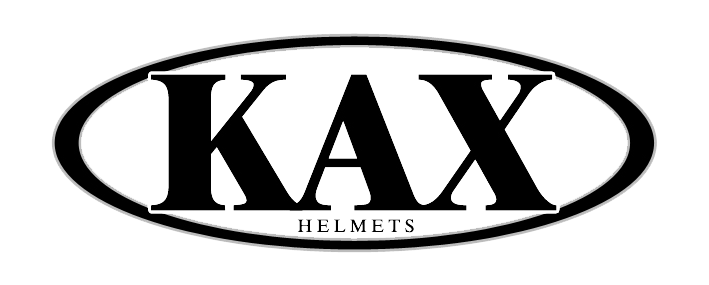First, the structure and function of motorcycle helmets Motorcycle helmets look simple, like a nice shell with some foam stuck inside, but it’s not. Motorcycle helmets are highly technical products. It is a complex, multi-layered technical system, which consists of five parts: outer shell, buffer layer, inner lining, face shield and a fixed system. 1. Shell The outer shell is the first line of defense in a motorcycle helmet, absorbing and dispersing impact energy. The case is generally subject to small bumps, like falling off the seat while parking, without compromising your protection, and small bumps or scratches won’t affect its performance. The materials of the shell helmet include ABS resin material, PC+ABS alloy material, glass fiber reinforced plastic, carbon fiber, etc. The material of the shell carbon fiber has the highest technical content. 2. Buffer layer The role of the buffer layer is to slow down the movement by deforming and damping. When a motorcycle is involved in an accident, an emergency stop when it falls and hits the ground can be fatal to the head. The role of the buffer layer is to slow down the movement and avoid sudden stops. The buffer layer is generally EPS (expanded polystyrene) material, and it is better to sandwich several different densities together. 3. Lining The lining fits snugly against the head. Its main job is to wrap the helmet around the head, preventing it from wobbling or spinning. It also reduces noise inside the helmet, absorbs impact, sweat and skin oils, acting as a barrier between the head and the cushioning layer. A good motorcycle helmet usually has a removable comfort liner. 4. Facing Qin The function of the mask is to allow the owner to see the road clearly, and at the same time to prevent things from bouncing off the road and hurting the face. Good masks are made of polycarbonate and tested for penetration resistance. 5. Fixing system A securing system is a device that allows a motorcycle helmet to be secured to the head to prevent the helmet from tipping forward and sliding off the head. A lot of drivers don’t like to have the fasteners fastened so that in an accident the motorcycle helmet will drop the head, no different from not wearing the helmet. The importance of motorcycle helmets Motorcycle helmets are very important and are essential equipment for motorcyclists. If nothing else, according to my country’s “Road Traffic Management Regulations” and related laws, motorcycles are motor vehicles, and it is not allowed to go on the road without a motorcycle helmet. If you wear a motorcycle helmet, the traffic police won’t check you for a fine. Of course, we don’t wear hard hats to prevent fines. The role of motorcycle helmets is also in: 1. Buffer protection The most important role of a motorcycle helmet is to cushion the head in the event of an accident. The smooth hemisphere of the helmet dissipates and absorbs the impact, while the deformation or cracking of the helmet and liner also acts as a buffer, absorbing some of the energy. 2. Wind and noise protection Motorcycles go fast, but don’t have the confined spaces of cars. The wind is still unpleasant, and the noise caused by the wind will also affect the driver’s ability to judge. Therefore, it is still very important for the helmet to prevent wind and noise. 3. Meeting reminder Motorcycle helmets are usually made in bright and eye-catching colors, so that they can attract the attention of the other driver when meeting or overtaking, and they look good. It looks tall and professional.
Post time: Aug-22-2022

